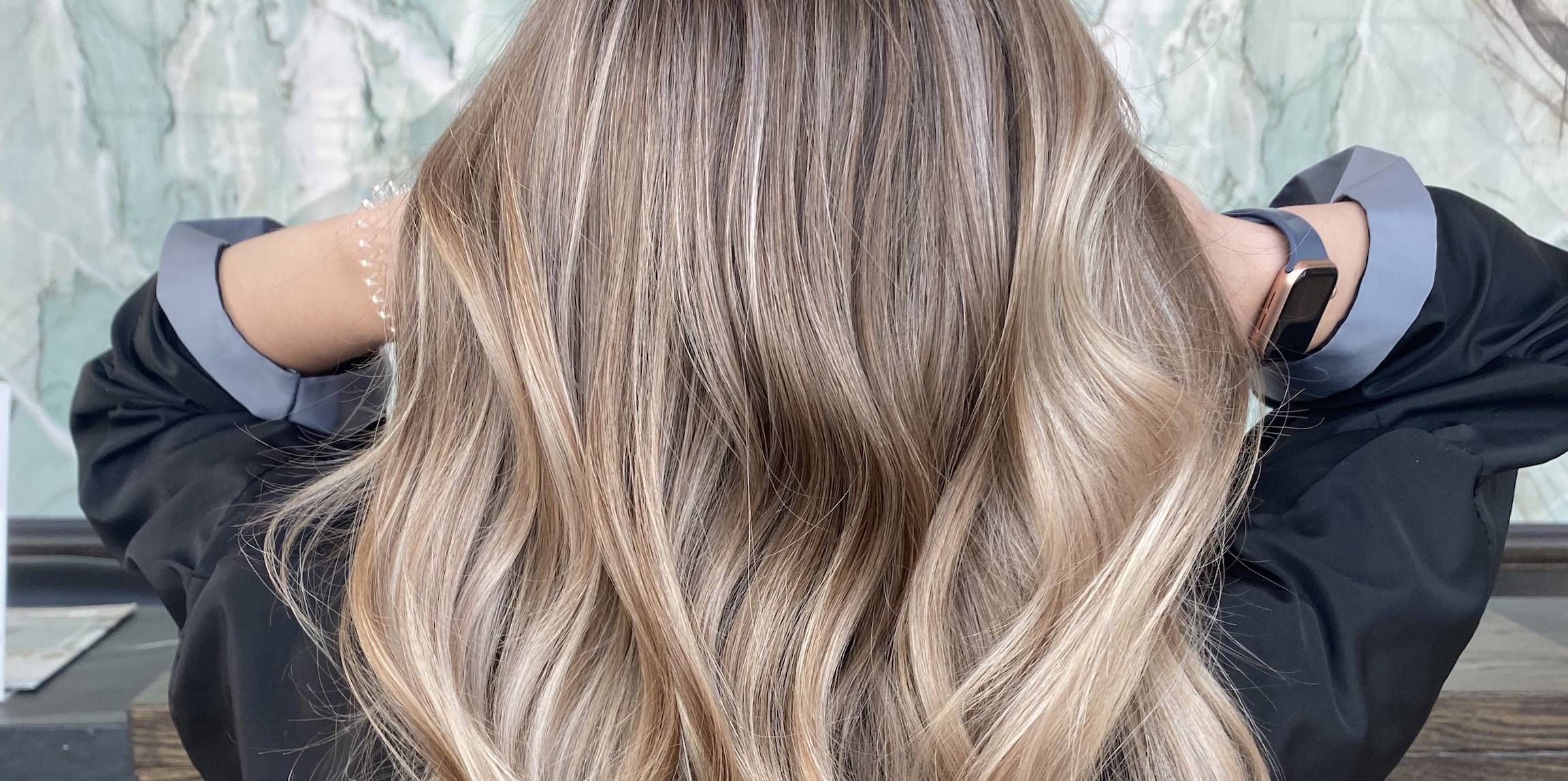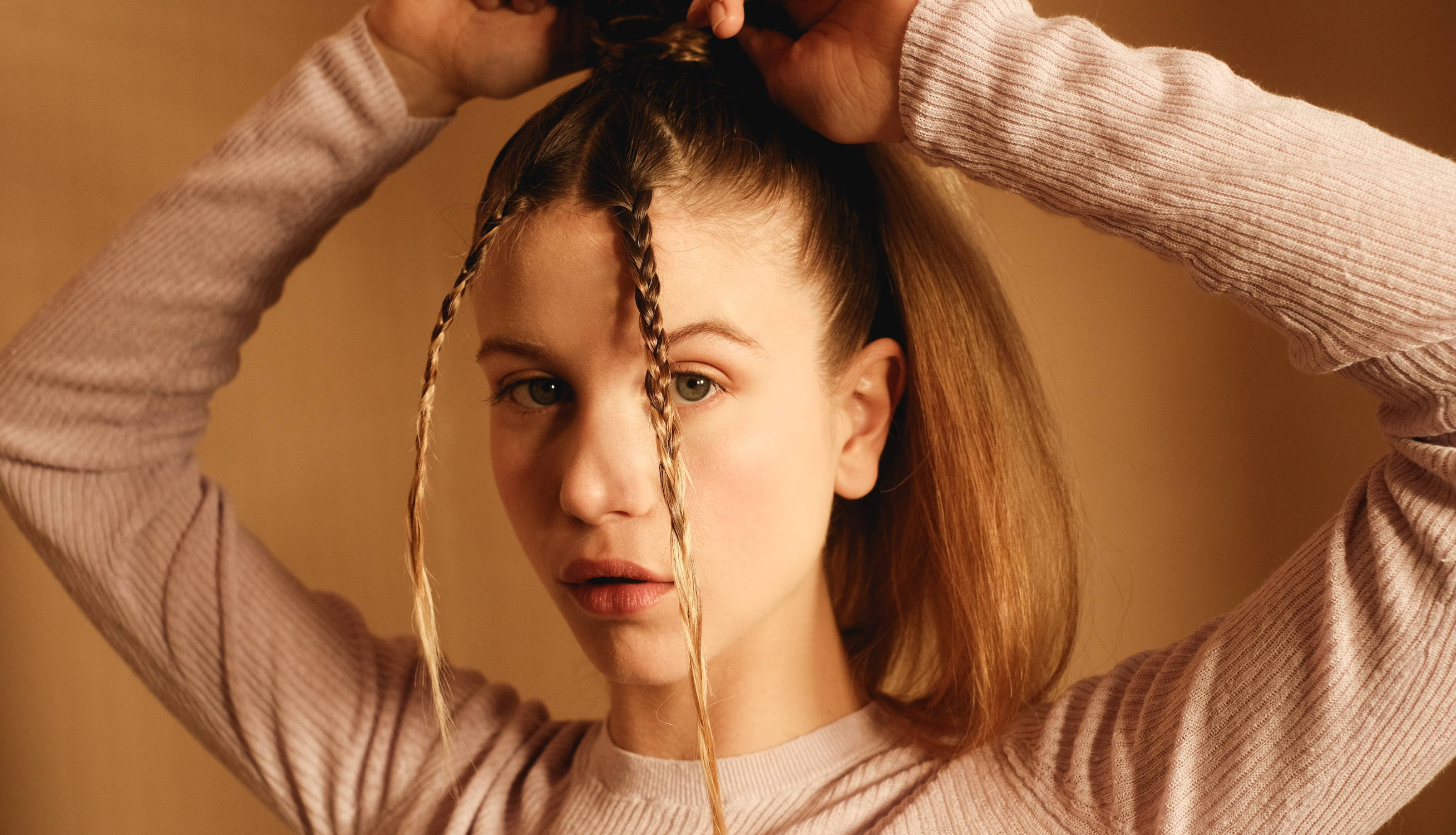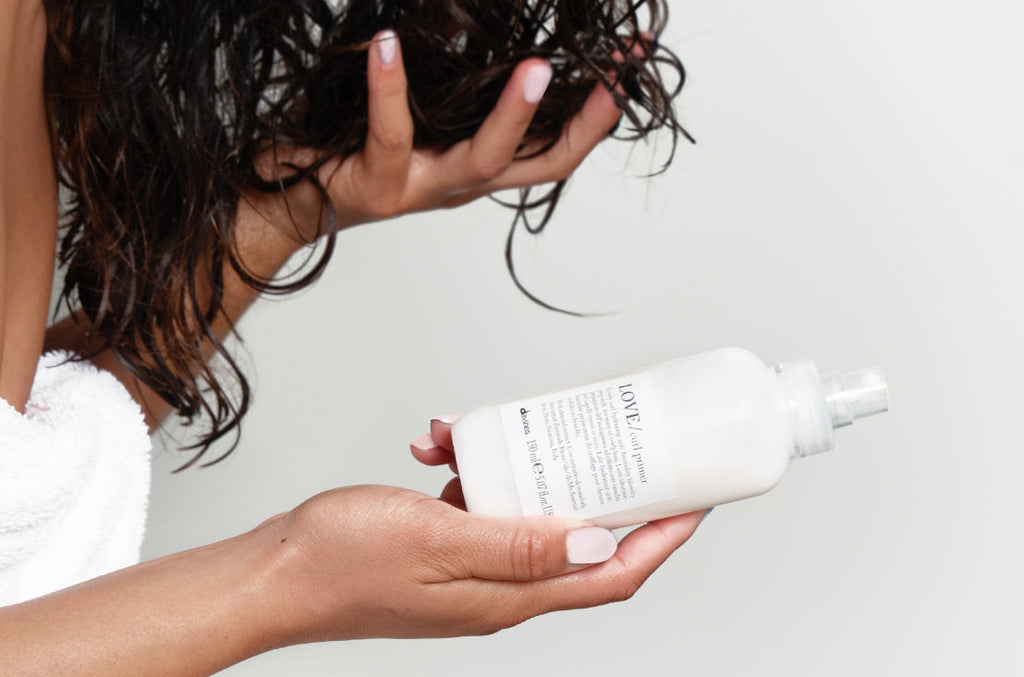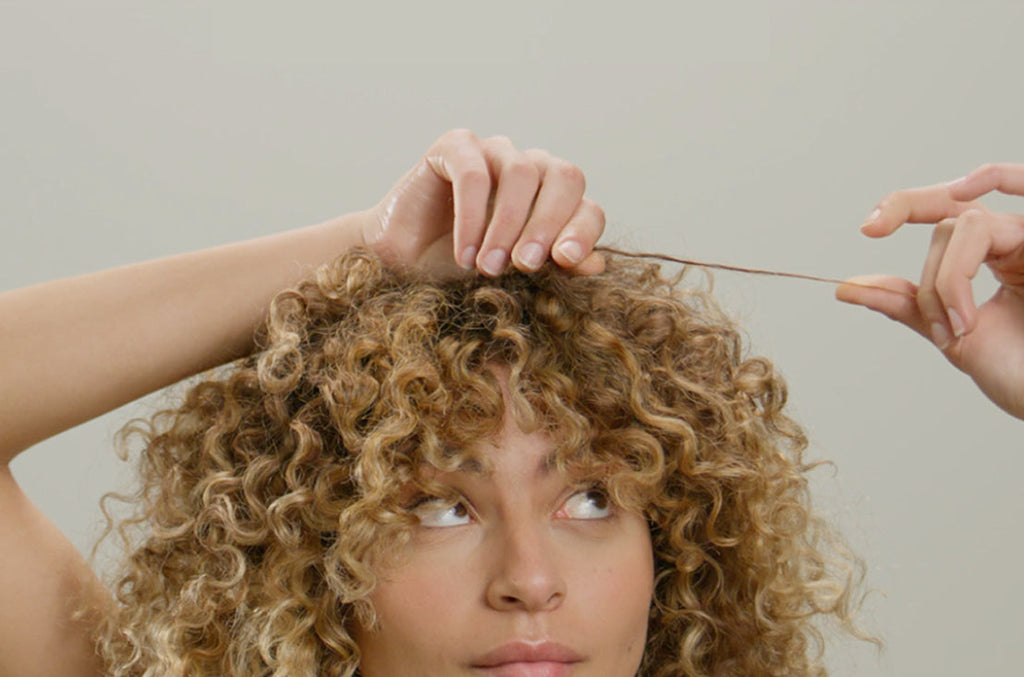Pay with Klarna
Free Carbon Neutral Shipping On Orders $75+, Plus Free Samples!
Pay with Klarna
Free Carbon Neutral Shipping On Orders $75+, Plus Free Samples!
Whether you’re looking to add length, volume, color, or a little of each to your hair, the easiest and fastest way to do so is with hair extensions. But there are so many different types of hair extensions and different hair extension methods, that the process can seem intimidating. These days there’s a hair extension type on the market for every hair texture, color, and lifestyle. There are extensions made of synthetic hair, and natural hair; there are temporary extensions that you can put in and out on your own, and those that only a pro should install to last a little longer. If your hair won't grow and you dream of longer, fuller, thicker hair, fear not, because we’re here to make all your hair dreams come true. Ahead is our must-read guide, with everything you need to know about hair extensions, including all the tips and hacks you need to make the process a breeze.
Of all the different types of hair extensions, clip-in hair extensions are by far the most versatile. Clip-ins are a great option for temporarily adding extra inches in minutes. Clip-ins come in a variety of pieces including clip-in bangs, ponytails, breads and buns. And they’re low- commitment. You can wear them for a special occasion or event hairstyle and remove them.
To apply clip-in hair extensions, start by sectioning your hair and teasing the roots slightly for a better grip. Open the clips on the wefts and position them along the sectioned hair, starting from the bottom and working your way up. Snap the clips shut, ensuring they are securely attached. Repeat the process until you achieve your desired look.
Clip-in hair extensions require minimal maintenance. Remove them before sleeping and gently brush them to remove knots and detangle. You can wash them occasionally with mild shampoo and conditioner, but avoid applying conditioner near the roots or clips. Allow them to air dry before storing them in a safe place.

Tape-in hair extensions are extensions that get taped (or glued) into your natural hair. These extensions feature thin wefts of hair with adhesive tape along the top, for adding DIY application and can last for several weeks with proper care.
To apply tape-in hair extensions, start by sectioning your hair horizontally. Remove the protective backing from the adhesive tape and sandwich your natural hair between two wefts. Press the tape firmly to secure the extensions in place. Repeat the process until you cover the desired areas of your head.
Tape-in hair extensions require gentle care to maintain their longevity. Avoid applying hair oils or products near the adhesive tape, as it can weaken the bond. Brush your hair gently to prevent tangles, and use a sulfate-free shampoo and conditioner to keep the extensions clean.
Fusion extensions are a longer-lasting option for getting the hair of your dreams. Fusion hair extensions are attached to your natural hair using a keratin bond or other type of adhesive that can last for several months. If your hair is dry or damaged, this option may not be for you.
Fusion hair extensions require professional application as they involve heating the adhesive to bond the extensions to your hair. A trained stylist will take small sections of your hair and attach individual extension strands using the adhesive. The bonds are then sealed to ensure a secure and comfortable attachment.
To maintain your fusion hair extensions, brush them gently to prevent tangles and knots. Avoid using heavy conditioners or styling products near the bonds, as they can weaken the adhesive. Additionally, refrain from applying excessive heat directly to the bonds, as it may cause them to loosen or break.
Weave extensions are another option for longer-term wear. Also called a weave, or sew-in, weave hair extensions are created by weaving or sewing wefts of hair onto a braided base on the scalp. If your hair texture is thin, weave extensions are not for you.
To apply weave hair extensions, your natural hair is braided into small cornrows close to the scalp. The wefts of hair are then sewn onto the braids using a needle and thread. The process involves careful sectioning and precise stitching.
Weave hair extensions require regular maintenance to keep them looking their best. Gently detangle the hair using a wide-toothed comb or brush and wash it with a sulfate-free shampoo. Pat dry the extensions with a towel and avoid excessive heat styling to prevent damage.

Micro-link hair extensions feature small, silicone-lined metal beads or loops that are clamped onto your natural hair. Micro link extensions, also known as microbead extensions, require absolutely no heat or adhesive, are quick to install, last for up to weeks and are easy to maintain at home.
To apply micro link hair extensions, a small section of your natural hair is threaded through a silicone-lined metal ring. A strand of extension hair is then inserted through the ring, and the ring is clamped shut using pliers.
To maintain micro link hair extensions, it's important to avoid excessive tension or pulling on the rings. Gently brush the extensions and use a sulfate-free shampoo and conditioner during washing. Avoid applying conditioner near the roots to prevent slippage. Regular maintenance appointments are necessary to move the extensions up as your hair grows.
Halo extensions are another quick and convenient option for adding length and volume without any attachment to your natural hair. These extensions consist of a weft of hair attached to a clear, adjustable wire that sits comfortably on top of your head like a halo. With the halo extension in place, your natural hair covers the wire, creating a seamless blend that adds instant length and volume. You can curl, straighten, or style the extensions just like your natural hair, providing endless possibilities.
To apply halo hair extensions, simply place the wire on top of your head, positioning it around the crown area. Pull your natural hair over the wire to hide it and blend seamlessly with the extensions. Adjust the wire for a comfortable fit, and you're ready to rock your new look.
Halo hair extensions require gentle care to ensure their longevity. Brush them carefully to prevent tangling, and remove them before sleeping. You can wash them occasionally with a mild shampoo and conditioner, making sure to rinse them thoroughly. Allow them to air dry before storing them in a safe place.

Ponytail hair extensions have become increasingly more popular because of their versatility and ease of use. Whether you have short or thin hair, or simply want to elevate your ponytail game, these extensions provide a convenient and transformative option. These extensions come in the form of a ponytail that can be easily attached to your natural hair. They instantly transform a simple pony into a glam style.
To apply ponytail hair extensions, tie your natural hair into a ponytail at the desired height. Open the clip or wrap the hairpiece around your natural ponytail and secure it in place. Some ponytail extensions also feature an additional comb or drawstring for added stability.
Ponytail hair extensions require minimal maintenance. Remove them before sleeping and gently brush them to remove any tangles or knots. You can wash them occasionally with mild shampoo and conditioner, but avoid applying conditioner directly to the attachment area. Allow them to air dry before storing them in a safe place.
Whether you’re looking to add length, volume, or a little bit of both to your hair, the easiest and fastest way to change up your strands is with hair extensions. But there are so many different types of hair extensions and methods of applying them, it can seem intimidating.
But with a hair extension type for every hair texture, color, and lifestyle, there’s no reason not to hop on the hair extension train. So if you’re struggling with hair growth, or and you dream of longer, fuller, thicker hair, hair extensions can make your hair dreams come true. Remember that some methods can cause more damage to your hair then others, so consult a professional to determine the best for your hair.
by Jaclyn LaBadia, featured contributor
Subscribe
Sign up to hear about product recommendations, styling how-to's, tips & tricks, and more!
Plus, Free Shipping on your first order!
Join our newsletter to enjoy free shipping on your first order.
By submitting this form, you agree to receive the latest news, updates, promotions, and other marketing information from Davines North America, Inc. by email.



Leave a comment
Comments will be approved before showing up.